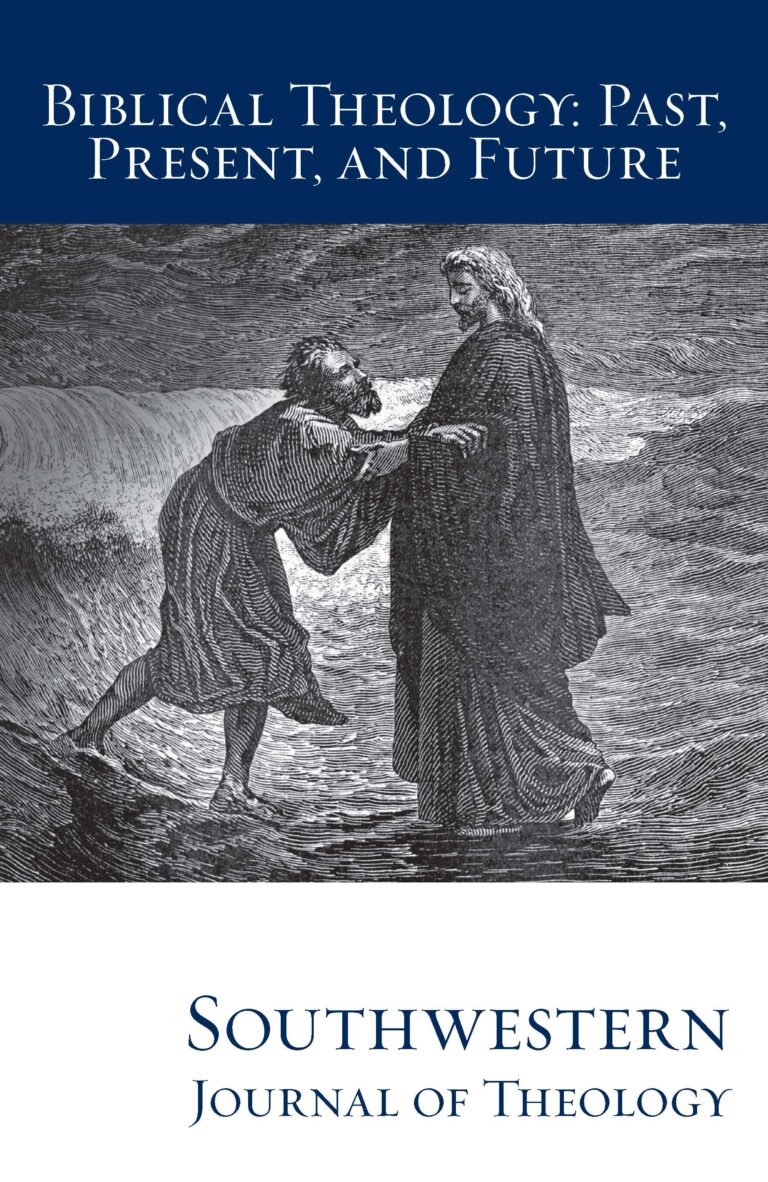
Biblical Theology: Past, Present, and Future (II)
Southwestern Journal of Theology
Volume 56, No. 1 – Fall 2013
Managing Editor: Terry L. Wilder
By Richard Bauckham. Grand Rapids: Baker Academic, 2010. 560 pages. Softcover, $60.00.
The Jewish World Around the New Testament, released by Baker Academic, is a reprint of the WUNT monograph published in 2008. Around the time of its original publication came Bauckham’s Jesus and the God of Israel. This collection of essays centered on the belief of early high Christology by the early church, whose doctrinal beliefs were framed by its mother religion—the Jewish monotheistic religion of Second Temple Judaism.
The Jewish World Around the New Testament, on the other hand, is a collection of essays without a common thesis running through the variety of writing. Instead, they represent a wide range of interests and discussions in the Jewish world for Bauckham and biblical researchers. This Jewish world is much more involved than simply the Torah, the New Testament accounts, and the significance of the temple in Jerusalem—although all of these are included. Bauckham extends the exploration to a wider range even within Second Temple literature, from the apocryphal Martyrdom of Enoch and Elijah, 2 Baruch, and Tobit, to the peculiarities in the historical writings of Josephus. Bauckham is not in any way suggesting that noncanonical sources should be considered for canonization, but instead, by looking at how the Jewish world contextualizes the early Christians, Bauckham offers new lenses to glean ways of understanding a world that seems so far removed from the modern era.
All of the articles are reprints from as early as the seventies to 2008. They are all worth a second take and a second publication, judging by the contributions that they have made in the discussions surrounding Jewish literature as they relate to the rise of the Christian community in that period. Bauckham often responds to certain notable works, like J.D.G. Dunn’s The Parting of the Ways for example, and carefully parses them for valuable insight into the Jerusalem church and their temple practices (187). Similarly, in “Pseudo-Apostolic Letters,” Bauckham deals with the challenges posed by certain writings in the New Testament with pseudepigraphal tendencies and how these patterns parallel those reflected in Jewish pseudepigraphal writings (132-37).
Bauckham is careful not to blur the line between the canon as it stands from those works that are excluded from the canon. The book of Daniel, for example, is one that he undertakes as apocalyptic literature, but the discussion of the work is not reduced to the normal polarity of dating, which chooses between sixth or second century. Rather, he examines the complexities within the content of canonical works, positing the dating of the Daniel tradition as having “dual affinities,” developed over time, incorporating Babylonian mantic wisdom as well as the Hasidic apocalyptic of the later years (“The Rise of the Apocalyptic,” 46).
In ecclesial settings, these issues may not amount to much when delivering expositions of the canonical text, but in scholarly debates, these issues of the Jewish world matter a great deal. No student or teacher should shy away from these dialogues. Bauckham has done a great service to present the variety of positions as they stand and as they are juxtaposed with their contrary opinions.





